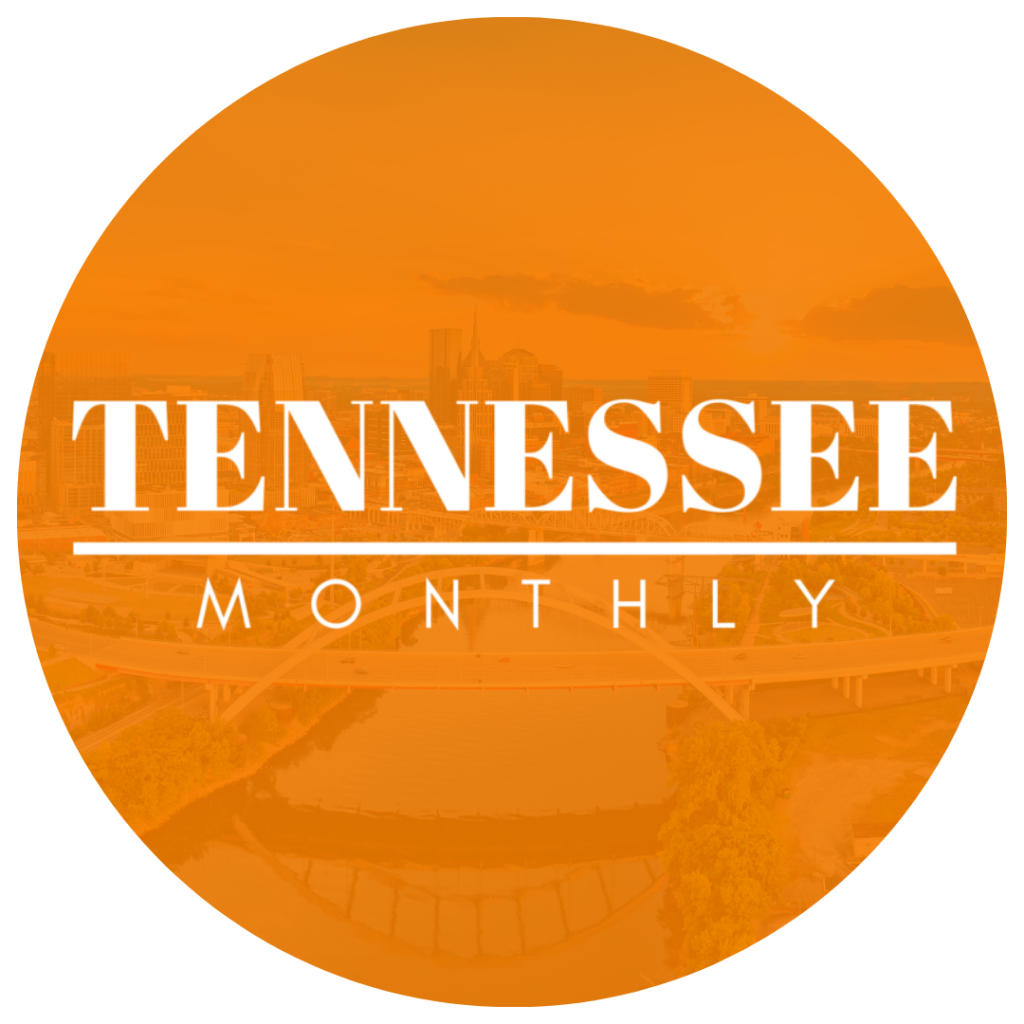Charity drives have long been a cornerstone of community support, fostering goodwill and addressing critical social needs. In recent years, matching donations—where every dollar donated is matched by an individual or organization—have gained popularity as a strategy to boost participation. But do matching donations genuinely increase donor engagement, or is their impact overstated? This article explores the psychology behind matching donations, their effectiveness in charity campaigns, and how they influence participation in fundraising efforts.
Why Are Matching Donations So Effective?
At the heart of matching donations lies a psychological principle: the multiplier effect. When potential donors learn that their contribution will have double or even triple the impact, they feel more motivated to give. This strategy appeals to a donor’s sense of making a meaningful difference, amplifying their role in achieving a cause’s goals.
Matching donations also introduce a sense of urgency. Many campaigns tie matching offers to a specific time frame, creating a sense of scarcity. This encourages donors to act quickly rather than delaying or forgetting their contributions. For instance, a charity announcing that every dollar donated in the next 24 hours will be matched often sees a surge in participation as donors rush to maximize their impact.
Matching donations can foster a sense of community involvement. When high-profile individuals or organizations pledge to match contributions, it signals their trust in the cause, inspiring others to follow suit. This social proof effect reassures potential donors that their contributions are part of a larger, collective effort.
How Do Matching Donations Influence Participation?
Research consistently shows that matching donations lead to higher participation rates in charity drives. One study found that campaigns with matching offers resulted in a 22% increase in donation rates compared to those without. The prospect of doubling their impact encourages individuals who might otherwise hesitate to contribute.
For many donors, matching campaigns reduce uncertainty about where their money is going. Knowing their donation is supported by a larger benefactor adds credibility to the campaign. This transparency often reassures donors that their money is being used responsibly.
Matching donations can also be particularly effective in attracting first-time donors. These individuals may be less inclined to give due to skepticism or lack of familiarity with the organization. A match serves as an endorsement, increasing their confidence and willingness to participate. Over time, these first-time donors can evolve into long-term supporters.
Are There Limitations to Matching Donation Campaigns?
While matching donations are undeniably effective, they are not without challenges. One potential issue is the over-reliance on external matches, which can overshadow the charity’s core message. If donors perceive the matching offer as a gimmick rather than a genuine part of the campaign, it could undermine trust in the organization.
The success of matching campaigns often depends on how well they are communicated. A poorly executed campaign, with unclear details about the matching conditions, can leave potential donors confused or unmotivated. Clear and concise messaging is crucial to ensuring donors understand the mechanics and urgency of the match.
Another limitation is the potential for donor fatigue. If organizations rely too heavily on matching donations, the strategy can lose its novelty. Regular donors might become desensitized to these offers, reducing their long-term effectiveness. To combat this, organizations must balance matching campaigns with other forms of engagement, such as storytelling or impact reporting.
How Can Charities Maximize the Impact of Matching Donations?
To make matching donation campaigns more effective, charities need to focus on transparency, timing, and engagement. Transparency ensures donors understand the details of the match, such as who is providing it and how contributions will be used. Providing regular updates on the campaign’s progress can also encourage donors to act.
Timing is critical. Launching a matching campaign during key periods—such as holidays or significant events—can maximize visibility and participation. For instance, pairing a match with Giving Tuesday campaigns often results in higher donation rates, as people are already in a giving mindset.
Engagement strategies, such as sharing personal stories of beneficiaries, can further enhance the effectiveness of matching campaigns. Donors are more likely to contribute when they feel an emotional connection to the cause. Highlighting the tangible impact of their doubled contribution strengthens this connection and builds trust.
Organizations can experiment with tiered matching campaigns, where different levels of matching are offered based on donor contributions. This creates an incentive for larger donations while still encouraging participation from smaller donors.
The Bigger Picture: Matching Donations and the Future of Giving
Matching donations have transformed the landscape of charity drives by making giving more accessible, impactful, and engaging. Their ability to increase participation and motivate donors highlights the importance of strategic planning in fundraising efforts. However, to maintain their effectiveness, charities must avoid over-reliance on this tactic and ensure it aligns with their broader mission.
As nonprofits continue to innovate in their approach to fundraising, matching donations will likely remain a key strategy. By fostering trust, urgency, and community involvement, they pave the way for more inclusive and successful charity campaigns.








